.
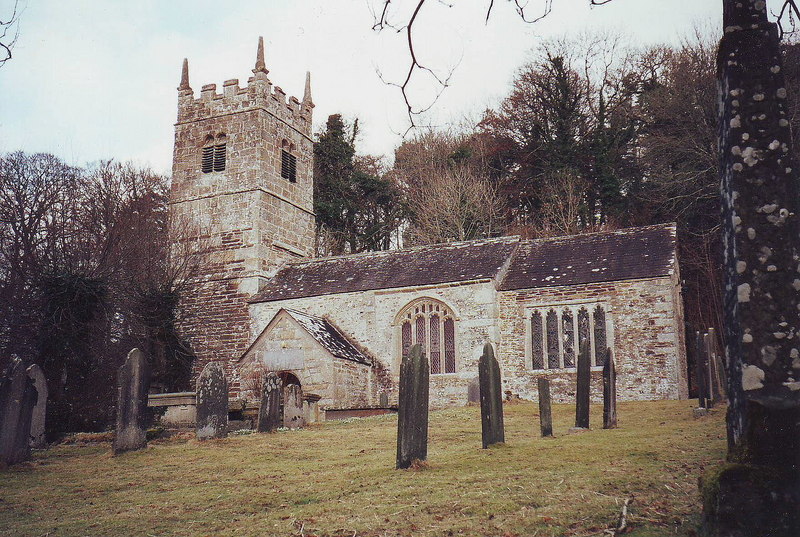
Lewtrenchard is a village and civil parish in the West Devon, district, in the county of Devon, England. It includes a great part of the village of Lewdown, which was on the turnpike road, and was partly in the parishes of Marystowe and Thrushelton; and used to have a cattle fair, on the Wednesday before the third Thursday in April. In Domesday Book, a manor of Lew is recorded in this area and two rivers have the same name: see River Lew. Trenchard comes from the lords of the manor in the 13th century. The Parish Church of St Peter (originally dedicated to St Petroc) is not of great architectural interest although it had for its vicar the famous Sabine Baring-Gould during the late 19th century. He is now famous for the hymn ‘Onward Christian Soldiers‘, but his ‘Wayside Pulpit‘ was a best seller in its day and like many of his profession, his interests included archaeology and local history, as his library shows. This is available for all to see at Killerton House, a National Trust property, north of Exeter. The upper part of the St. Peter’s tower is of granite ashlar and there is a fine series of bench ends similar to those found in Cornish churches. These were returned to their original places when Sabine Baring-Gould replaced the deal box-pews that had been installed by his uncle. There are monuments of the 17th, 18th and 19th centuries to many Goulds and Baring-Goulds, including that of Beatrice Gracieuse Baring-Gould (d. 1876, aged 3), 1879, by Knittel of Fribourg (many of the earlier ones were moved here from Staverton by the parson as part of his programme of restoration). There is a painting of the Adoration of the Magi by the mediocre artist (Melchior-)Paul von Deschwanden (another copy is at Fribourg). The rood screen, carved by the Pinwill sisters, is impressive and was designed to resemble the one installed in 1523-24: it is adorned by 23 paintings, by Sabine Baring-Gould’s daughter, Margaret (Daisy), 11 of the life of Jesus and 12 of Westcountry saints, and was completed in 1915.
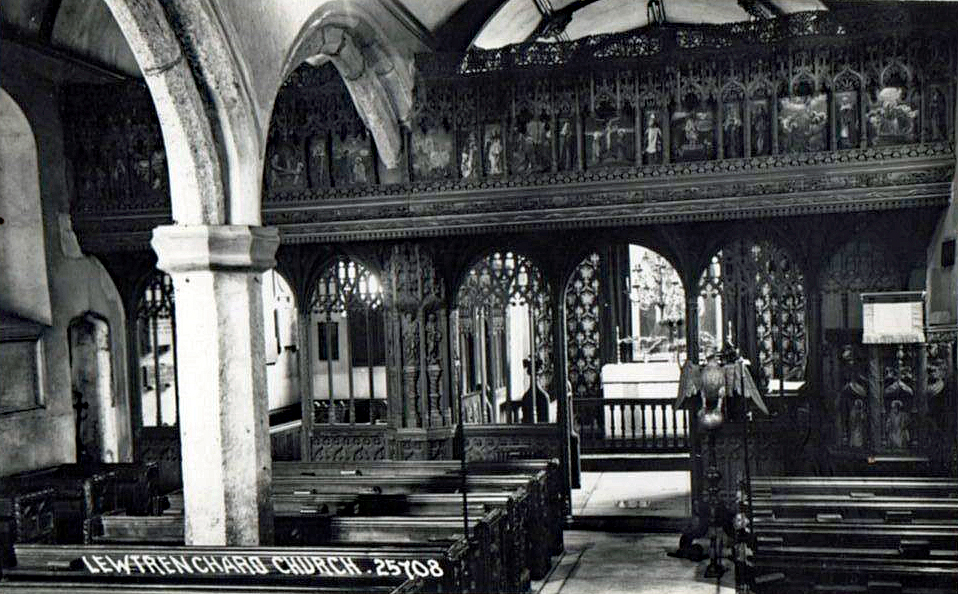
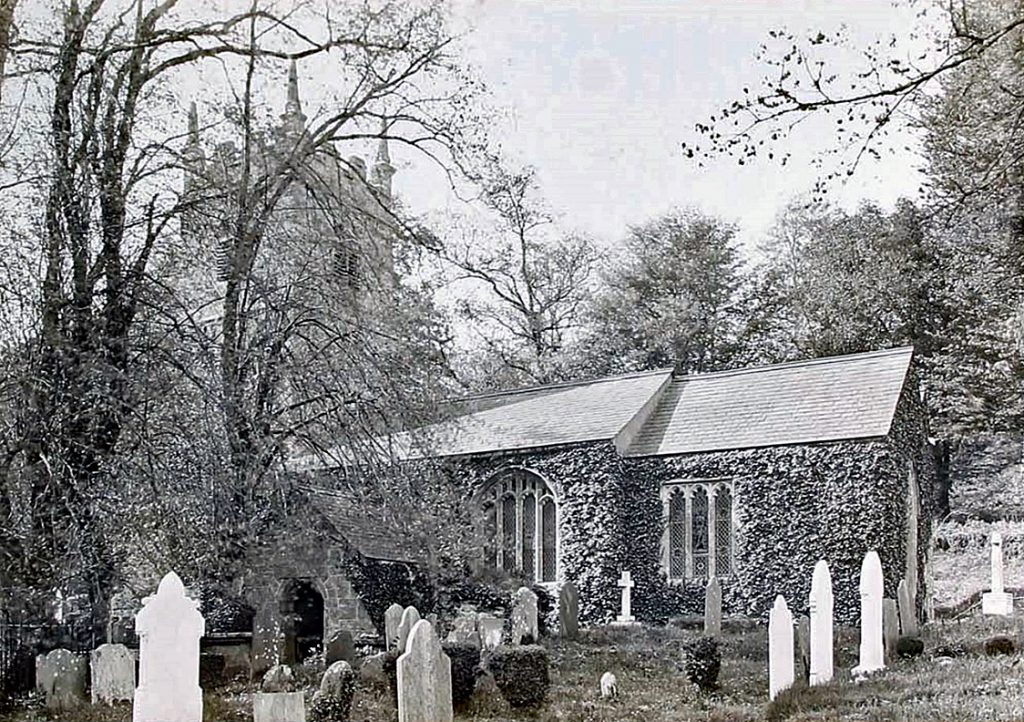
Parish Registers going back to 1706 are held in the Devon Record Office. A Holy well (below) is located in the Forgotten Garden of Lewtrenchard. It has recently been restored and covers a spring which flows into a pool below. The earliest information available on the Holy Well of Lewtrenchard is an entry made in the parish register for 1830 by the curate Caddy Thomas. He wrote that the “Holy Well behind the church has been re-erected and formerly its water was used for the font”.
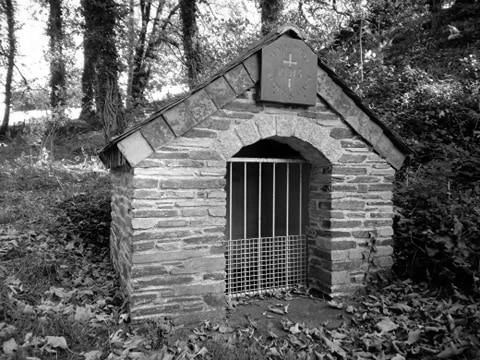
Lew House (or Lewtrenchard Manor) was built in the early 17th century (a datestone says 1620) but was altered considerably by the Victorian squire and parson Sabine Baring-Gould who resided there for many years. In 1872 he inherited the family estates of Lew Trenchard, which comprised 3,000 acres, and the gift of the living of Lew Trenchard parish. He was already in holy orders, so when the living became vacant in 1881, on the death of his uncle Charles Baring-Gould, he was able to appoint himself to it, becoming parson as well as squire. He did a great deal of work restoring St. Peter’s Church and his home Lew House, which has been preserved as he rebuilt it and is now a hotel.
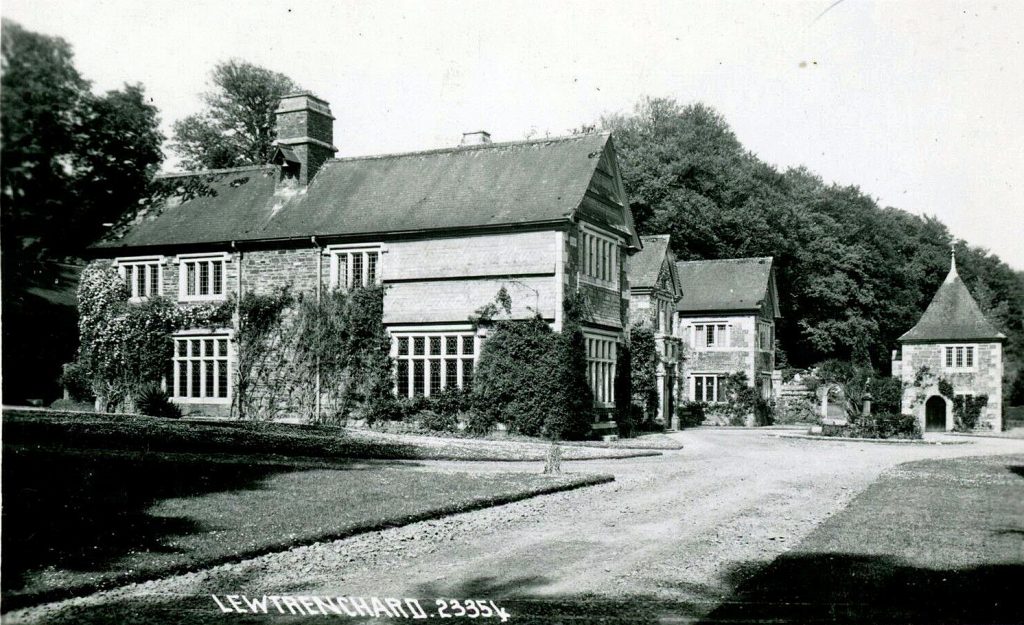
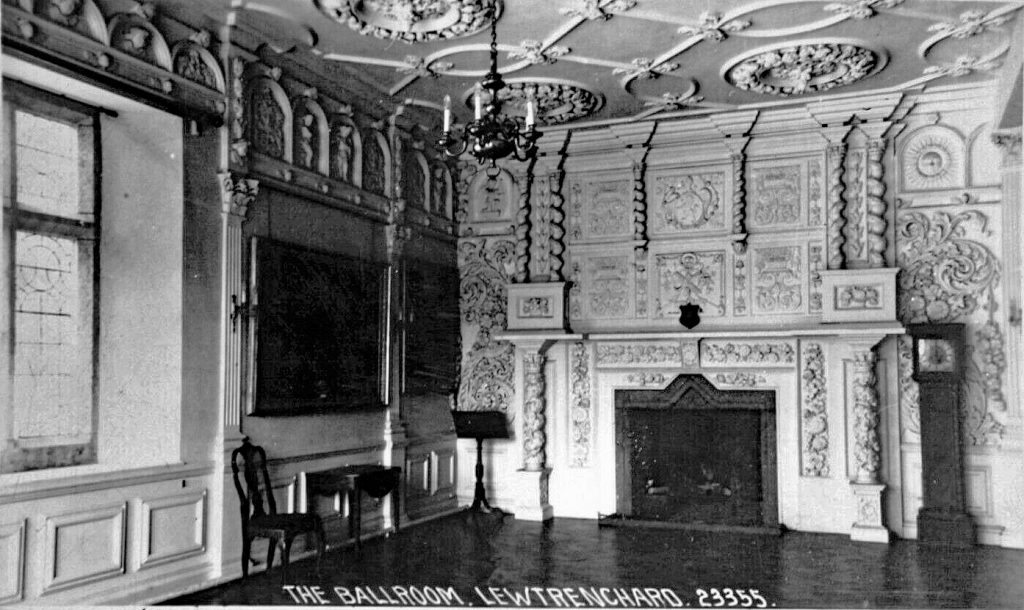
A manganese mine was formerly worked in the parish and yielded for some time 10,000 tons per annum. Lew Trenchard School was founded in 1842. Lewtrenchard Parish is now part of the Lewdown Group of parishes, along with Coryton, Marystowe and Thrushelton parishes in the Ward of Bridestowe within the West Devon district. For year’s the main Exeter to Launceston road ran through Lewdown, from it being the toll road to becoming the A30. It was finally by-passed in the early1990s, with a new dual carriage way to the North of the village.
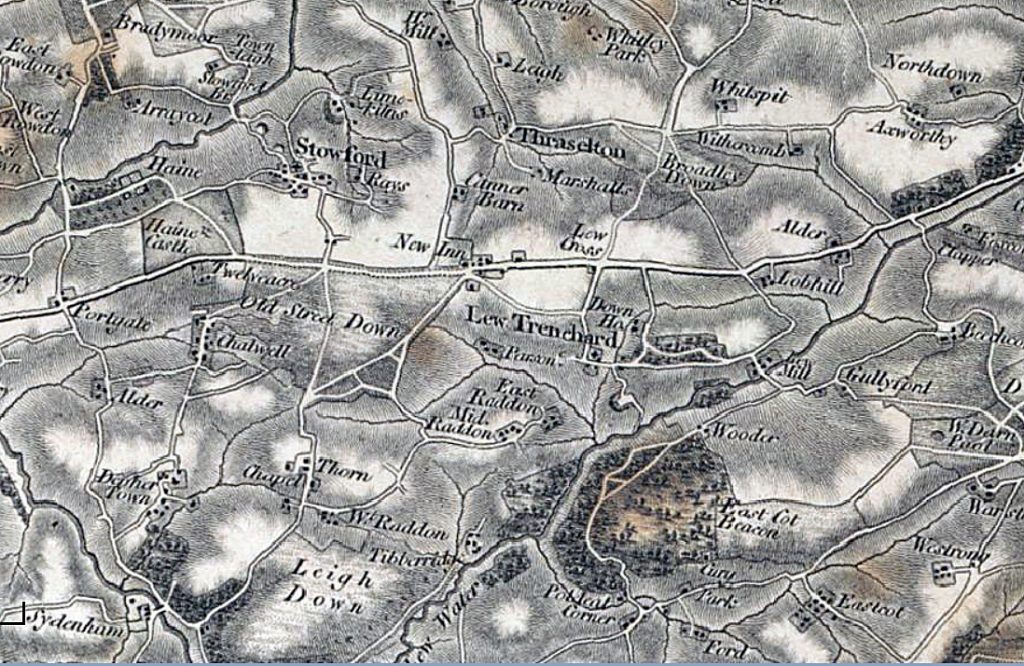
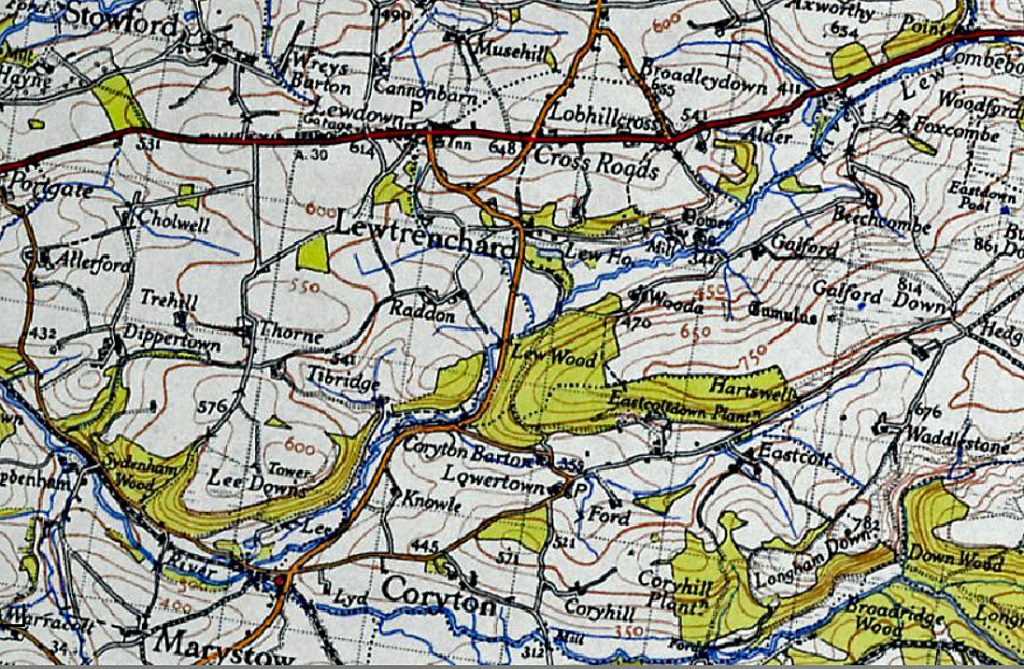
“The story of the Squarson of Lewtrenchard as revealed in The Diary of Sabine Baring-Gould”
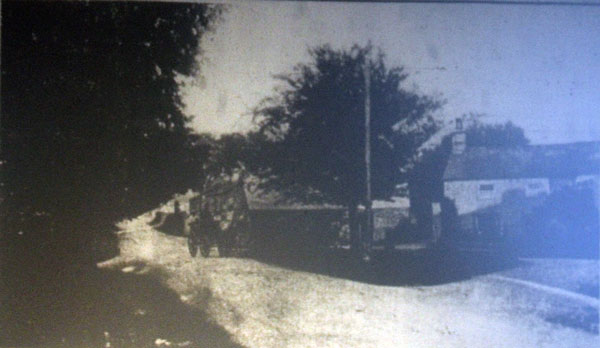
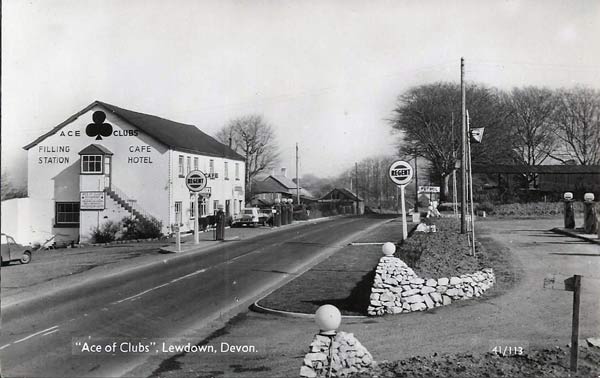
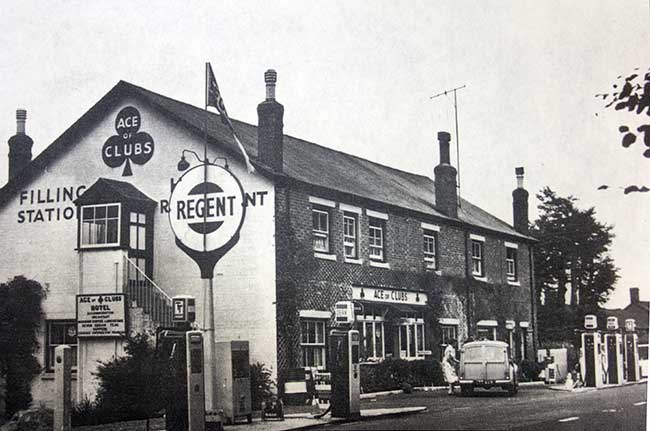
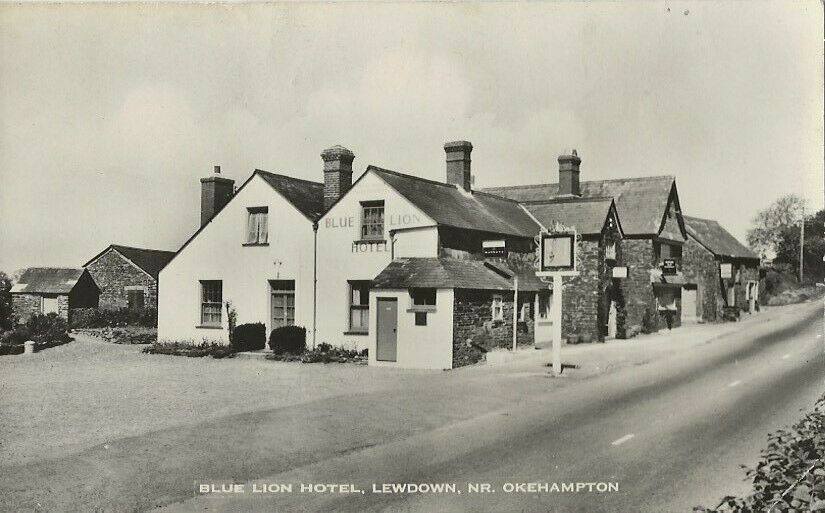
The Fallen of Lewtrenchard from the First World War.
A memorial to those that fell is placed inside St. Peter’s Church.
Thomas Bickle
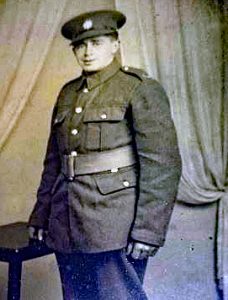
Thomas was born in 1885 at Coryton, Devon, to James and Maria (née Tredinnick) Bickle. His father worked on the Railway. Thomas married Mary Jane Hitt of Holster-Yard, Marystowe in early 1904. They had three sons and Thomas worked as a farm labourer. Thomas enlisted with the 9th Battalion, the Devonshire Regiment as a Private (Regimental No. 25735) He died of his wounds on October 26th, 1917, aged 33. He was interred in the Lijssenthoek Military Cemetery, Belgium, Grave Reference XXII. C. 11. He is also commemorated on the Marystowe Memorial.
Frank Maitland Carver
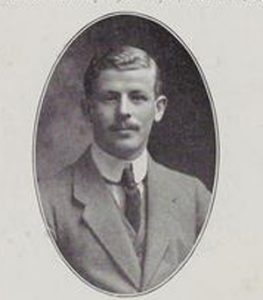
Frank was born on February 19th, 1894 in Paddington to Frank and Leila Carver (née Baring Gould). He was educated at Wellington College, Berks, and Magdalen College, Oxford. He enlisted on the outbreak of the war and was gazetted 2nd Lieutenant to the Devonshire Regiment in August 26th,1914. He was promoted to Lieutenant in February 1915. Serving with “A” Company, 8th Battalion, the Devonshire Regiment from July 1915, he was killed in action during the ‘Battle of Loos‘ on September 25th, 1915 aged 21. His body was never recovered, but his name is commemorated upon the Loos Memorial Panel 35 To 37.
‘The battalion had been chosen to lead the attack on Hulluch, and when he was killed he was at the head of his men and those of another platoon, and had just found a way for them through the barbed wire in front of the German trenches. He was buried where he fell with his men who fell with him. His Captain wrote, “It is no formal expression to say that he has endeared himself to all ranks. His good courage and his constant energy did very much for the good of the regiment, which he served so well.”
At the time of his death, his parents were living at 3, Westcliff, Bude, Cornwall.
James Horrell Cockwill
James was born in early 1888 at Lewtrenchard to John and Ellen Cockwill (née Down). On leaving school, James went to work for Richard Palmer at East Raddon Farm, Lewtrenchard as an attendant of Cattle on the farm. He enlisted first with the R.N. Devon Hussars (Regimental No. 2432) before transferring to the 7th Battalion, the Duke of Cornwall’s Light Infantry as a Private (Regimental No. 28852). He was killed in action on November 21st, 1917 aged 29. His body was never recovered but his name is commemorated upon the Cambrai Memorial, Louverval, Panel 6.
The 7th DCLI were in the 61st Brigade, 20th Division of III Corps. The division was founded in September 1914 as part of the second army of volunteers inspired by Lord Kitchener, hence the label of a ‘K2’ division. They first assembled in the Aldershot area before relocating to Salisbury Plain in April 1915. The division was inspected by the King on June 1915 and judged ready for action on the Western Front. It arrived in France on July 1915. In 1916, like so much of ‘Kitchener’s Army’, the division was heavily involved in the battle of the Somme, including the fighting for Delville Wood and Guillemont. Similarly, in 1917, the division fought in the Battle of Passchendaele at Langemarck, Menin Road Ridge, and Polygon Wood.
At the very end of the year, the 20th Division also fought in the Battle of Cambrai, where Captain George Baker (see above) met his death fighting with the 19th Londons of 47th Division. Between the 20th of November and the 3rd of December 1917, together with A and I Battalions of the Tank Corps, the 20th Division was Involved in heavy fighting during the breakthrough the German lines at La Vacquerie. Eleven tanks of A Battalion were knocked out by stubborn German resistance. However, as the German Counter-Attacks between the 30th November and the 3rd December turned the tide against the British, the 20th Division held the line north of Bonavis, opposite the German, held the village of Les Rues des Vignes. Massive attacks forced them into retreat, but not before the timely deployment of the 50th Brigade, acting as a divisional reserve, managed to prevent a German flanking action. Simon Fielding, Great War Forum.
Ronald Dawe
Ronald was born in 1893 at Lewtrenchard to William Henry and Emily Dawe (née Turner) of Lewtrenchard School, Lewdown. His father was the headteacher at Lewdown School. On leaving school, Ronald went to work as a bank clerk. He enlisted first with the Devon Regiment (Regimental No. 2128), before transferring to the XIX Corps Cyclist Battalion, the Army Cyclist Corps (part of the 58th Divisional Cyclist Company) as a Private (Regimental No. 18986) being attested on August 8th, 1915. He was dangerously wounded on June 17th, 1917 and died of his wounds on June 19th, 1917 aged 24, at the 12th Casualty Clearing Station in France. He was interred in the Mendinghem Military Cemetery, Poperinge, Arrondissement Ieper, West Flanders (West-Vlaanderen), Belgium, Plot I. E. 47.
The primary roles of the cyclists were reconnaissance and communications (message taking). They were armed as infantry and could provide mobile firepower if required. Those units that went overseas continued in these roles but also (once the mobile phase of the war had settled down into entrenched warfare) spent much time in trench-holding duties and on manual work.
Paschal Palmer Dustan
Paschal was born in 1899 at Lewdown to Charles Henry and Eliza Dustan (née Gerry) of Lew Quarry, Lewdown. His father was a domestic coachman. He enlisted with 15th (Hampshire Yeomanry Battalion) Hampshire Regiment as a Private (Regimental No. 45612). He was killed in action on August 8th, 1918 during the opening phase of the Allied offensive which began on this day, later known as the Hundred Days Offensive, that ultimately led to the end of the First World War. His body was never recovered but his name is commemorated upon the Tyne Cott Memorial, Belgium, Panel 88 to 90.
Horace John Palmer
Horace was born on April 18th, 1893 at Lewtrenchard to William and Mary Palmer (née Ryall) of Foxcombe, Lewdown. His father was a farmer where Horace went to work after his education at Moorside School, Okehampton. He volunteered for service soon after the outbreak of the war, enlisting on September 24th, 1914 with the Royal North Devon Hussars. He was then transferred to the Duck of Cornwall’s Light Infantry’s 7th Battalion, and served with the Expeditionary Force in France and Flanders from August 1916, taking part in many engagements. He then received a commission and was gazetted 2nd Lieutenant of the 7th Battalion (service), the Royal Sussex Regiment. In January 1918 he returned with his unit to France on April 18th, 1918 and was continuously in the lines until he was killed in action there on August 8th, 1918 aged 25. He was interred in the Beacon Cemetery, Sailly Laurette, Plot 5, Row I, Grave 6. His commanding officer wrote: “He was a first-class officer, and always ready for any job that came along.” He was a keen sportsman, winning numerous events in brigade sports, as well as a good cross-country rider, and a follower of the Lamerton Foxhounds. In his will, he left a total of £2,759 9s 2d, to Richard Palmer Luce farmer and Margaret Mary Ryall Dawe.
Arthur White
Arthur was born in 1885 at Bridestowe to Arthur and Mary White (née Walters) of Alder Quarry, Lewdown; brother of Bert (“Bertie“). His father was a stonemason. Arthur enlisted with the 11th Field Company, the Royal Engineers as a Sapper (Regimental No. 12964) in 1903. serving for three years he was then placed on the reserve list so that when war was declared in 1914, Arthur was immediately called up. He received a gunshot wound to his chest on October 31st, 1914 and was sent home to recuperate until February 1915. Arthur was killed in action on July 14th, 1915 aged 30. In an official note, it was stated that he was buried behind a garden wall of the Marie of Cambrin, giving the map reference of Bethune, 1/40,000, A.19a. 7-3. He was later interred in the Cambrin Military Cemetery, Pas de Calais, France, B. 17.
Bert White
Bert was born in 1883 at Beechcombe, Lewtrenchard to Arthur and Mary White (née Walters) of Alder Quarry, Lewdown; brother of Arthur (see above). His father was a stonemason. On leaving school, Bertie went to work on a farm as a Carter. In 1908 he married Rose Alice Hawkins and they moved to set up home at Dawes Wood Cottage, Lewdown, where their daughter Irene was born in 1909. Bert continued working on a farm until he was called up to join the 9th Battalion, the Devonshire Regiment as a Private (Regimental No. 15246). He died of meningitis on April 25th, 1917 aged 33. He was interred in the Puchevillers British Cemetery, France.
The Fallen of Lewtrenchard from the Second World War.
A memorial to those that fell is placed inside St. Peter’s Church.
Benjamin Gordon Baring-Gould
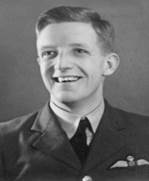
Benjamin was born on July 14th, 1918 at Kuching, Malaysia, to Julian and Elizabeth Joan Baring-Gould (née Ramsden) of Weymouth, Dorsetshire. He joined the R.A.F. Volunteer Reserve as a Pilot Officer (Pilot, Service No. 88441). Benjamin was the Pilot Officer of Tiger Moth T7160 of No2 Elementary Flying Training School. His aircraft hit high tension wires and crashed into Diglis Weir, Worcester, on February 7th, 1941 aged 22. Benjamin was killed in the crash, however, his pupil, Leading Aircraftman J Thompson survived the crash.
‘On the 7th February 1941, PIlot Officer Baring-Gould and his pupil took off from RAF Worcester, in a Tiger Moth light aircraft; on a duel instrument lesson. While flying on a course which followed the River Severn, Pilot Officer Baring-Gould retook control of the aircraft while close to the City. After a brief time, the plane lost power and struck a set of high tension cables, and went into a violent spin in mid-air. Within seconds the plane lost altitude and began to cartwheel down the River Severn. After 500 metres, the plane finally came to a stop, when it crashed into the Diglis Weir, and began to sink. Pilot Officer Baring-Gould’s pupil was able to escape, but Benjamin remained stuck in the cockpit. As the remains of the aircraft began to sink deeper, the pupil and a local man tried in vain to save Benjamin, but to no avail. Some hours passed before the RAF was able to dispatch a recovery team to the area. When the salvage unit pulled the cockpit section from the river, the body of Benjamin Baring-Gould was discovered, still strapped into his seat. After an initial RAF enquiry, the cause of the crash was classed as mechanical failure.’ Isaac Tozar of www.DevonHeritage.org
Benjamin was interred at the Worcester (Astwood) Cemetery, Grave 34864. In his will, he left a total of £233 14s 5d listed to his widow, Elizabeth Joan Baring-Gould, which is believed to actually be his mother.
Jasper Julian Baring-Gould
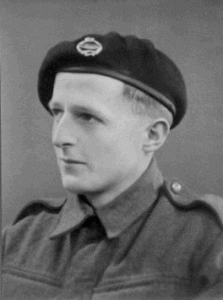
Jasper, younger brother of Benjamin above, was born on October 20th, 1920 at Lewtrenchard, to Julian and Elizabeth Joan Baring-Gould (née Ramsden) of Weymouth, Dorsetshire. He enlisted with the army and after basic training, Jasper sought to serve in the ranks of the Royal Tank Regiment. Once he completed his training for the Royal Tank Regiment, Trooper Jasper (Regimental No. 7891674) was posted to the 42nd Royal Tank Regiment (23rd Battalion, the London Regiment), after their return to Britain from Northern France in 1940. Within a few weeks, Jasper, along with his regiment, was posted to the North African campaign. On November 18th, 1941, the British 8th Army unleashed the risky plan to relieve the besieged British garrison at Tobruk, named Operation Crusader, The 42nd Royal Tank Regiment (RTR) was part of the 22nd Armoured Brigade, 7th (“Desert Rats“) Armoured Division. The role of the 42nd RTR was to support the main effort of the operation and attempt to break through the German lines, and enter Tobruk. The operation as a whole was intended to by-pass Axis defences on the Egyptian–Libyan frontier, defeat the Axis armoured forces and relieve the 1941 Siege of Tobruk. The German Afrika Corps were pushed back within the first few days of the operation by the Eighth Army but the British armoured force became dispersed and suffered 530 tank losses against Axis losses of about 100 tanks up to November 22nd. On November 22nd, Rommel ordered the 21st Panzers to counter-attack and push back the remnants of the 22nd Brigade. At Sidi Rezegh, on November 23rd, the 5th South African Brigade was destroyed by German tanks and artillery after inflicting many German tank casualties.
By November 25th, the 22nd Brigade had suffered major losses, in the bitter and bloody battles for the relief of Tobruk. With the loss of over 100 tanks, the British were in a desperate situation.
As a counter-attack was organised by the Commander of the 7th Armoured Division, the 21st Panzers attacked once again.
Jasper’s tank strayed into the sights of a Tiger tank and within moments the Tiger had fired upon the British tank, scoring a direct hit. Jasper and his crew members were killed instantly.
On November 27th, the New Zealanders reached the Tobruk garrison, relieving the siege. The battle continued into December when supply shortages forced Rommel to narrow his front and shorten his lines of communication.
Jasper was interred in the Halfaya Sollum War Cemetery, As Sallum, Maṭrūḥ, Egypt, Coll. grave 19. H. 1-4. In his will, he left a total of £147 9s 2d listed to his widow, Elizabeth Joan Baring-Gould, which is believed to actually be his mother.
Visits: 291
